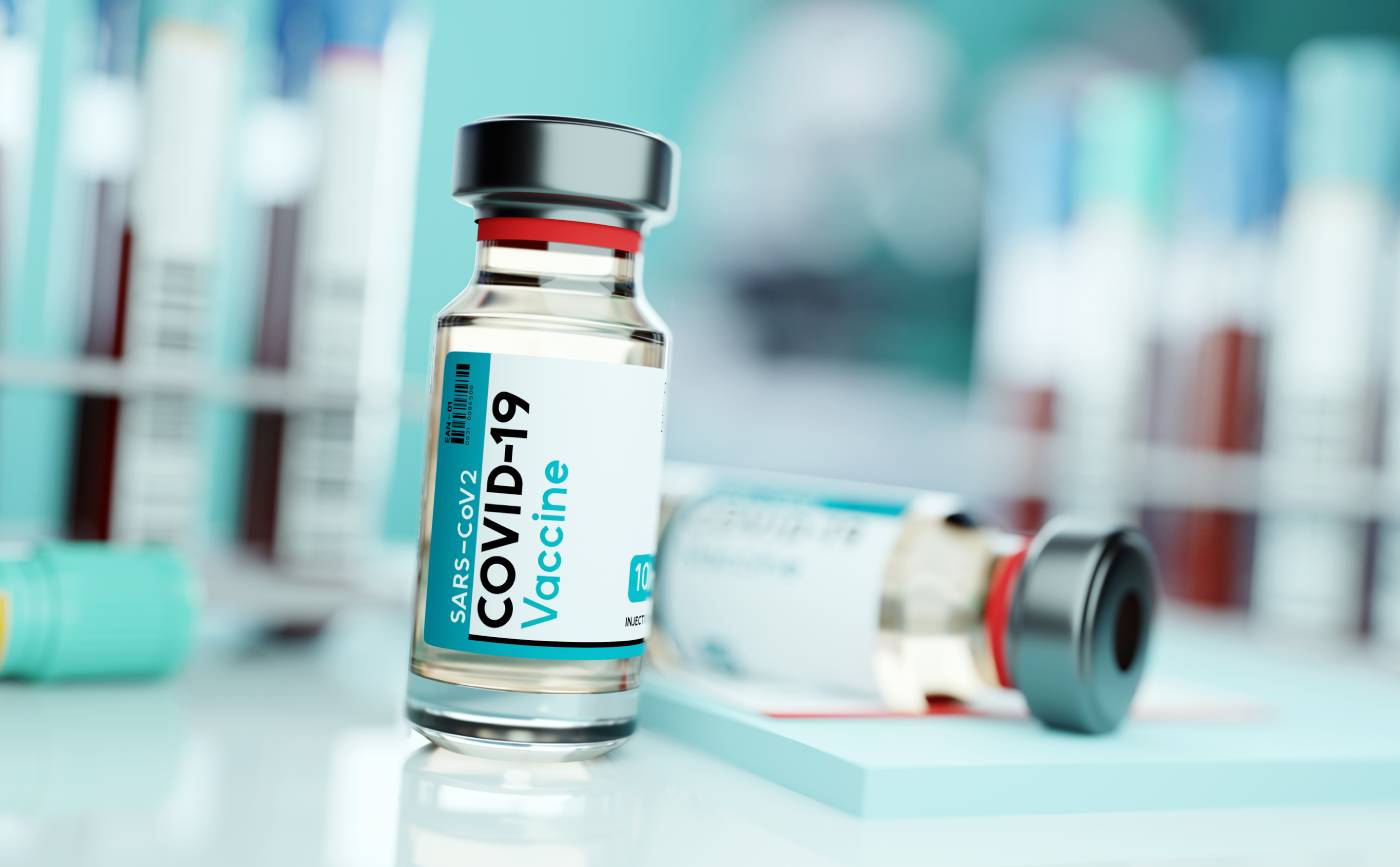Many vaccines intended to prevent the transmission of COVID-19 require two doses, which has led some researchers to speculate that a combination of doses from two different vaccine types may prove more logistically convenient. While the strategy of heterologous prime-boost vaccines has not been extensively tested on the SARS-CoV-2 virus, it has been used successfully, most notably in the treatment of HIV [1]. Likewise, a recent animal study and an ongoing human study in the U.K. may soon provide more conclusive evidence regarding the possibility of combining COVID-19 vaccines within a vaccine regimen.
Over the past few months, supply chain constraints have limited vaccine rollout efforts. Some researchers and physicians hope that heterologous-prime boost immunizations will eliminate logistical hurdles, allowing more individuals to receive vaccines. One obstacle to distribution thus far has been the strict storage requirements for certain vaccine types. The vaccine developed by Pfizer–BioNTech, for instance, requires storage between -80°C and -60°C, while many others, such as that developed by AstraZeneca/Oxford University, require it be stored between 2°C and 8°C [2]. Furthermore, nearly every vaccine available requires two doses, spaced several weeks apart. The only two exceptions are the Johnson & Johnson and CanSino Biologics vaccines [3]. Collectively, these conditions lend themselves to distribution issues. The additional flexibility offered by combining COVID-19 vaccines may prevent such problems, introducing a means of vaccinating greater numbers of individuals at a lower cost.
It is near certain that heterologous prime-boost vaccinations would offer logistical solutions, but little research exists on the method’s efficacy regarding COVID-19. However, it is well-established in the administration of HIV vaccines. Indeed, in one study of over 16,000 participants, heterologous vaccine cocktails proved 30% more effective against HIV than a placebo [4]. Heterologous prime-boost vaccines have also been shown to be effective against Ebola [5]. Similarly, a study of mouse responses to two vaccines intended to treat the hepatitis C virus found that a heterologous process was more effective than either vaccine individually, inducing significantly greater interferon and T cell production [6].
Several early attempts to ascertain the effectiveness and safety of heterologous prime-boost vaccinations for COVID-19 have been initiated. Indeed, the Russian-developed Sputnik V vaccine, which is already being deployed, uses a heterologous method. This vaccine consists of two doses, which make use of two different adenovirus vectors. The vaccine has been shown to be 92% effective [3]. A study being conducted at the University of Oxford aims to determine the effects of a heterologous dosing regimen in which participants are administered dissimilar shots: one of the Oxford/AstraZeneca vaccine, and another of the Pfizer/BioNTech vaccine. The 820-participant trial in part aims to determine whether recipients might benefit from the AstraZeneca vaccine’s somewhat superior CD8+ T cell stimulation [1]. Researchers have reason to be optimistic about this result. In a study of mice, a heterologous regimen produced better CD8+ T results than either the sole use of the AstaZeneca vaccine or of a Pfizer-like RNA vaccine [7].
Given the relatively recent development of COVID-19 vaccines, it is unsurprising that little evidence of the efficacy of combining them exists. However, such research has begun in earnest. In the meantime, two other forms of evidence offer insight into the potential of heterologous vaccines for COVID-19: animal studies and human responses to heterologous dosing for other infectious diseases. Regardless, researchers agree that widespread use of this method, if found to be clinically effective, would help solve problems of distribution and storage.
References
[1] Ledford, Heidi. “Could Mixing COVID Vaccines Boost Immune Response?” Nature News, Nature Publishing Group, 4 Feb. 2021, www.nature.com/articles/d41586-021-00315-5.
[2] James, Eric R. “Disrupting Vaccine Logistics.” International Health, 2021, doi:10.1093/inthealth/ihab010.
[3] Jones, Asher. “COVID-19 Vaccine Combos Aim to Boost Immunity.” The Scientist Magazine, www.the-scientist.com/news-opinion/covid-19-vaccine-combos-aim-to-boost-immunity-68529.
[4] Brown, Scott A., et al. “Heterologous Prime-Boost HIV-1 Vaccination Regimens in Pre-Clinical and Clinical Trials.” Viruses, vol. 2, no. 2, 2010, pp. 435–467., doi:10.3390/v2020435.
[5] Shukarev, Georgi, et al. “A two-dose heterologous prime-boost vaccine regimen eliciting sustained immune responses to Ebola Zaire could support a preventive strategy for future outbreaks.” Human Vaccines & Immunotherapeutics vol. 13,2 (2017): 266-270. doi:10.1080/21645515.2017.1264755
[6] Fournillier, Anne, et al. “A Heterologous Prime/Boost Vaccination Strategy Enhances the Immunogenicity of Therapeutic Vaccines for Hepatitis C Virus.” The Journal of Infectious Diseases, vol. 208, no. 6, 2013, pp. 1008–1019., doi:10.1093/infdis/jit267.
[7] Spencer, Alexandra J., et al. “Heterologous Vaccination Regimens with Self-Amplifying RNA and Adenoviral COVID Vaccines Induce Robust Immune Responses in Mice.” Biorxiv, 2021, doi:10.1101/2021.01.28.428665.
